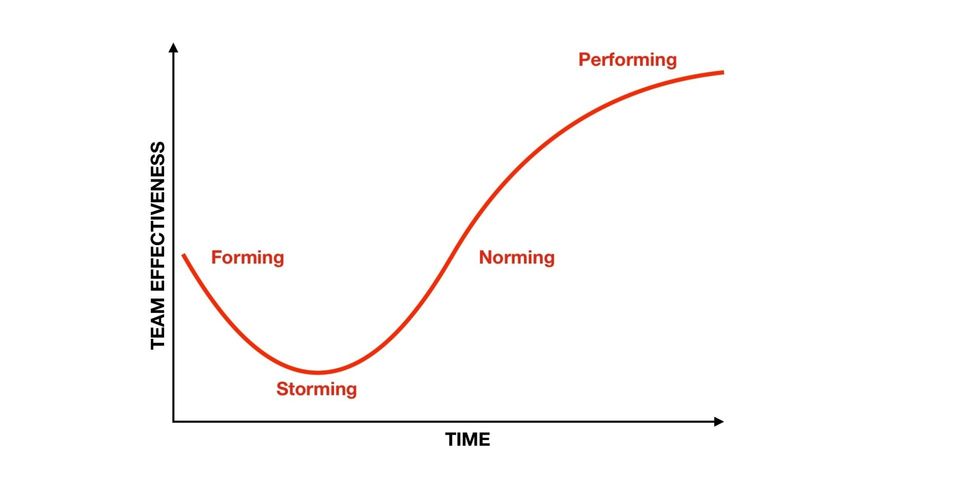What Serving Team Leaders DO
Team leaders help their team implement the vision through both directive and supportive roles.
During the FORMING (beginning) stage, the team leader helps team members understand expectations, team goals, where the team is headed and why, and specific roles for each member. The leader instructs, answers questions and works hard to establish trust, modeling acceptable behavior.
During the STORMING (growing) stage, the team leader helps members manage issues of power, control, and conflict. Members also need help with communication: collaborating and compromising to make win/win decisions and handle disagreements agreeably. Team leaders focus on common goals, reinforce the vision, mediate conflict, help guide decisions, and provide individual and team recognition/praise.
During the NORMING (maturing) stage, the team leader helps a team grow and increase in fruitfulness by pushing the team in terms of decision-making and problem-solving. With trust established at this stage, members default to doing whatever it takes to keep a positive culture rather than moving forward. Therefore members need encouragement to engage in healthy debate and welcome ongoing feedback. Roles may need to be adjusted and leadership is shared for different projects or tasks.
D
uring the PERFORMING (reproducing) stage, the team leader empowers members to expand their team or multiply it, encouraging innovation and continuous improvement. If a lot of new members join an existing team, sometimes it requires a return to the forming stage to help new members adjust. Team leaders give general guidance rather than specific instructions, just like Jesus did in the “Great Commission” (Matthew 28:18-20) compared to his specific directives found in Luke 9-10.
[Next week we will look at some skills of serving team leaders.]














